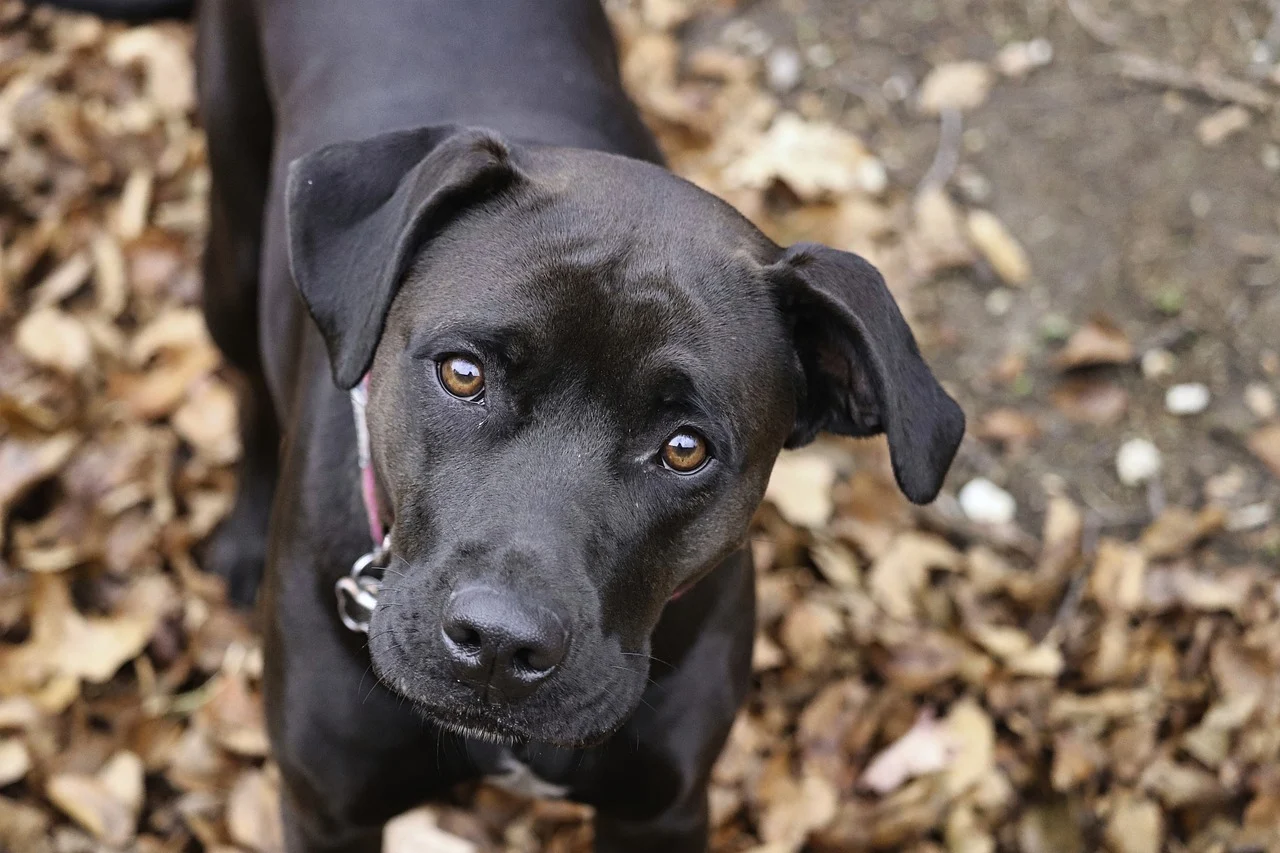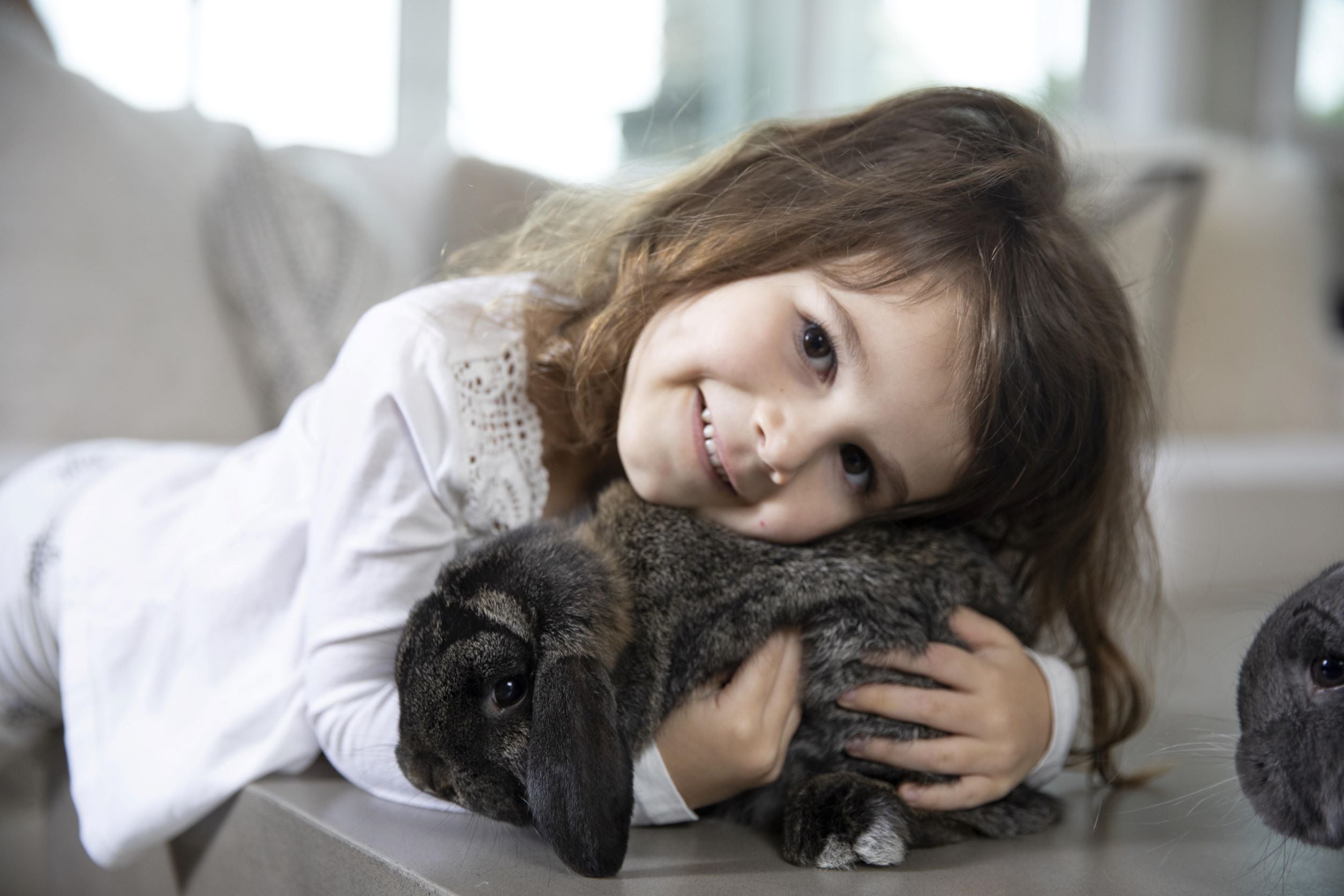
Analyzing Standard Dog Habits and Optimized Management Methods
Does your dog misbehave when you're not home with them? Does it chew on shoes or bark? Many pet owners struggle with perplexing dog behaviors and consider what their animals might be attempting to say. Stress in the home and disruptions to family life can result from these actions.
The habits of each dog are influenced by their breed, age, characteristics, and past experiences, which is an important consideration. Knowing these elements makes it easier to understand why your dog behaves in certain ways. In this blog, I will explain simple techniques to identify signs of canine communication. You will discover body language alongside vocalizations like barking as well as basic dog training methods to manage behaviors.
Anyone can help alter behavior in pets by mastering these strategies, change, and supporting their efforts with positive reinforcement. Please continue reading if you wish to improve your life with your partner!
Important Lessons Learned
- Dogs use body language and vocalization to communicate their emotions. For instance, a stiff posture may be an indication of fear or aggression, but tail wagging can be interpreted as happiness.
- House soiling, destructive chewing, excessive barking, separation anxiety, and aggressive behavior are some common issues associated with dog behavior.
- Each of them has its own causes and remedies.
- You can reduce stress and boredom, which are linked to undesirable behaviors, by regularly training and exercising your dog.
- The use of positive reinforcement, such as rewards and praise for good behavior, is more effective than punishment.
- Consistent rules and commands are essential to letting your dog know what to expect from you.
- Dogs show their feelings and needs through actions and sounds. By observing them, you can predict how they are feeling.
Being Aware of Dog Behavior
The meaning of each bark, whine, or growl is distinct. In order to express excitement or to warn of something strange, dogs frequently bark. Whines may indicate fear or anxiety, so owners must understand them in order to react appropriately. Stiff bodies can convey fear or aggression, while wagging tails are indicative of happiness.
Masters who learn these skills are able to improve communication with their pets. Paying attention to your dog supports stronger bonds which result in a rich and healthy relationship. From the owner's side common issues include aggression, excessive barking, chewing, separation anxiety, inappropriate elimination.
Dog aggression remains an increasingly important behavior problem because of how common it is. Aggression in dogs can take many forms such as fear-based aggression or territorial aggression. Each requires a different specialized treatment. Dog owners struggle with excessive barking as well. Dogs communicate with humans and other dogs through barking - however, understanding the ‘why’ behind their barks is very important.
Destructive behaviors such as chewing on furniture, or inappropriate elimination indoors can occur with separation anxiety. Often, helping dogs tackle their issues involves giving them mental stimulation with exercise in the form of walks and training. Good socialization can assist with the previously mentioned issues as well by allowing dogs to feel more comfortable in different scenarios while increasing the communication between pets and their humans.
Strategies to Control Dog's Undesired Behaviors
A sound strategy that targets unwanted dog behaviors should be rooted in consistent training and exercise. Emphasize good habits with positive reinforcement, and take proactive measures to prevent problems from arising.
Undesired obedience behaviors for dogs can be managed through proper training and exercising. In addition to combating anxiety and aggression, regular structured physical activity is extremely beneficial at improving the behavior of dogs. Exercise also increases calmness and obedience in dogs. Different breeds require varying amounts of exercise, so activities should be geared towards your dog’s specific requirements. Incorporate training sessions into your daily activities. Good behaviors should be rewarded through positive reinforcement. The bond between you and your dog will be strengthened, alongside good behavior. Practices that help improve the relationship you have with your dog should be prioritized. Explore our dog breed guide.
Preventing bad behaviors.
Preventing bad behaviors in dogs requires consistent effort. Implement regular exercise as one of the first initiatives. Excess barking and chewing is often associated with anxiety.
- A well exercised dog is calmer and less prone to these issues. Encouraging your dog to encounter diverse environments, people, and other animals helps reduce anxiety and aggression.
- Defining clear boundaries for your pet early on is crucial. Behavior within consistent structures allows pets to learn what is expected of them and aids in guiding them to optimal behavior. When they behave in accordance with these boundaries, reward them through treats or praise.
- Defining clear boundaries for your furry friends early on is crucial. Behavior within consistent structures allows pets to learn what is expected of them and aids in guiding them to optimal behavior. With these boundaries, your pets are able to react to rules. When they behave in accordance with these boundaries, reward them through treats or praise.
- Defining clear boundaries for your furry friends early on is crucial. Behavior within consistent structures allows pets to learn what is expected of them and aids in guiding them to optimal behavior. Understanding these boundaries allows your pets to react to rules. When behaving in accordance with these boundaries, reward through treats or praise.
- Understanding canine communication also aids in managing behaviors; noticing signs of distress can help mitigate problems before they worsen. Rewarding behaviors you wish to see more often also falls under the umbrella of training.
- Positive reinforcement is one of the approaches used in training dogs since it enables them understand behaviors inline with expectations. Give your pet treats or praise whenever they display good behaviors such as sitting calm or coming to you. This motivates them to do it more.
- The relationship you have with your dog improves with every reward given for achieving the desired actions. Most dog owners realize that praises in form of words or even belly rubs do the trick, and dogs do appreciate attention and affection.
- Building effective communication skills and relations between you two eliminates problems in trust, emphasize on understanding, and easy handling of other complex behavior modifications such as barking and aggression.
Use clear and consistent dog training
The clear communication gap mentioned earlier blends with effective training. Dog owners control their behavior and need assistance on how to training their pet to do it effectively. They have to follow the instructions given to them by the owner so that the owner does not confuse them with different commands with different words and gestures.
For dogs these instructions are part of their training and hence the need to be clear. Set household rules for every dog owner. For instance, if your dog is not allowed on the furniture, set boundaries so that all occupants can enforce the established order without making changes. Strengthening targeted behaviors is made easier using positive methods. Over time, consistently encouraged behaviors will become habitual, therefore, treat or praise your dog to celebrate good actions. Trust creates a stronger bond between you and your furry friend when practiced consistently.
Using positive reinforcement methods
Using positive reinforcement strategies effectively molds and shapes behaviors in dogs. This concept relies on rewarding desired attitude so instead of shafting destructive emotions. When your dog sits quietly or obeys a command, for example, give them praise or treats. Dependable rewards incentivize your pet to interact in a right direction, enhancing the ties and you and your puppy.
Dog communication must be understood for training to be effective. While frustration, anger, or fear can make dogs more defiant, praise, affection, and love encourage cooperation. Reward power helps both the puppy and the owner own a positive training experience, which is what everyone wants. The relationship improves as a result of the dog's decreased anxiety and aggression.
FAQs
1. What are common signs of canine communication and body language?
With tail perks, ear position, and posture, dogs can express their emotions. Like humans, dogs are psychological beings and understanding these signals is beneficial for owners.
2. In what ways can I control barking or whining as an issue of behavior?
Barking and whining are forms of verbal communication that may indicate distress or an underlying problem. Regular and systematic training, proper teaching of the dog owner, and positive rewards assist in changing
3. Under what ways does socialization aid in the regulation of belligerence?
Dogs know how to relate with dogs or people through enculturation. By having given dogs positive, guided experiences, active participation helps them develop healthy factors that reduce anxiety belligerence.
4. How much can I do if my pet showcases unsuitable goofiness or fear?
Establishing what causes your dog's anxiety and objectionable play habit is pivotal. With such issues, applying behavior modification techniques like channeling excessive energy into constructive routines can help.
5. Are certified dog trainers helpful with complicated behavioral concerns?
Definitely, certified professionals apply accepted principles of dog behavior to complex issues like chronic aggression or intense anxiety through proper pet management, enabling pets to acquire safer behavior patterns through active modifications.











 email us
email us